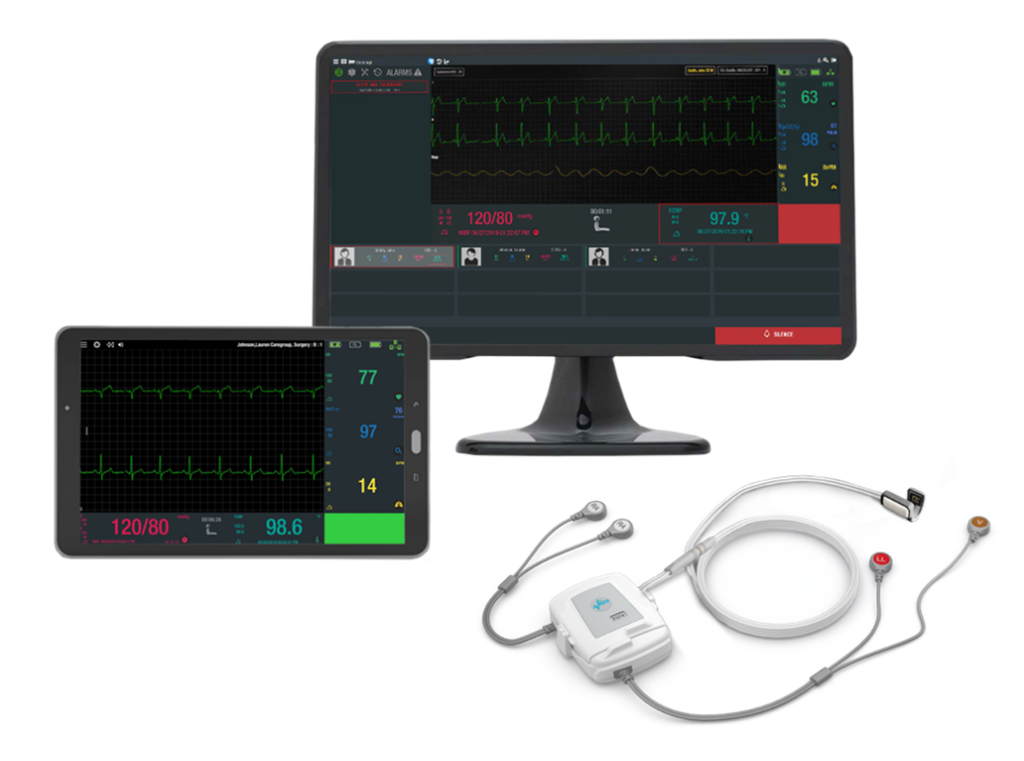Managing the care of medically complex hospital residents is no small feat. Traditional methods often fall short, leaving patients vulnerable to hospital readmissions. Shockingly, out of the 1.5 million residents discharged to post-acute care each year, a quarter are readmitted or face life-threatening complications within just 30 days. 1 The good news? Many of these incidents are preventable—78% of readmissions are deemed avoidable. 2 But without the right resources and innovative care strategies, post-acute facilities risk seeing residents return to hospitals in critical condition. It’s time to change that narrative.
The Vios Monitoring System delivers real-time alerts, enabling immediate responses to any adverse cardiopulmonary events. This proactive approach not only enhances resident outcomes but also significantly reduces the risk of costly readmissions. By minimizing the need for manual monitoring, Vios allows staff to redirect their focus to other critical tasks, ultimately boosting overall clinical efficiency and improving the quality of care.
"*" indicates required fields


Continuous monitoring allows for early detection of concerning arrhythmias, respiratory distress or hemodynamic instability which will, in turn, allow for early risk stratification and treatment.
"*" indicates required fields